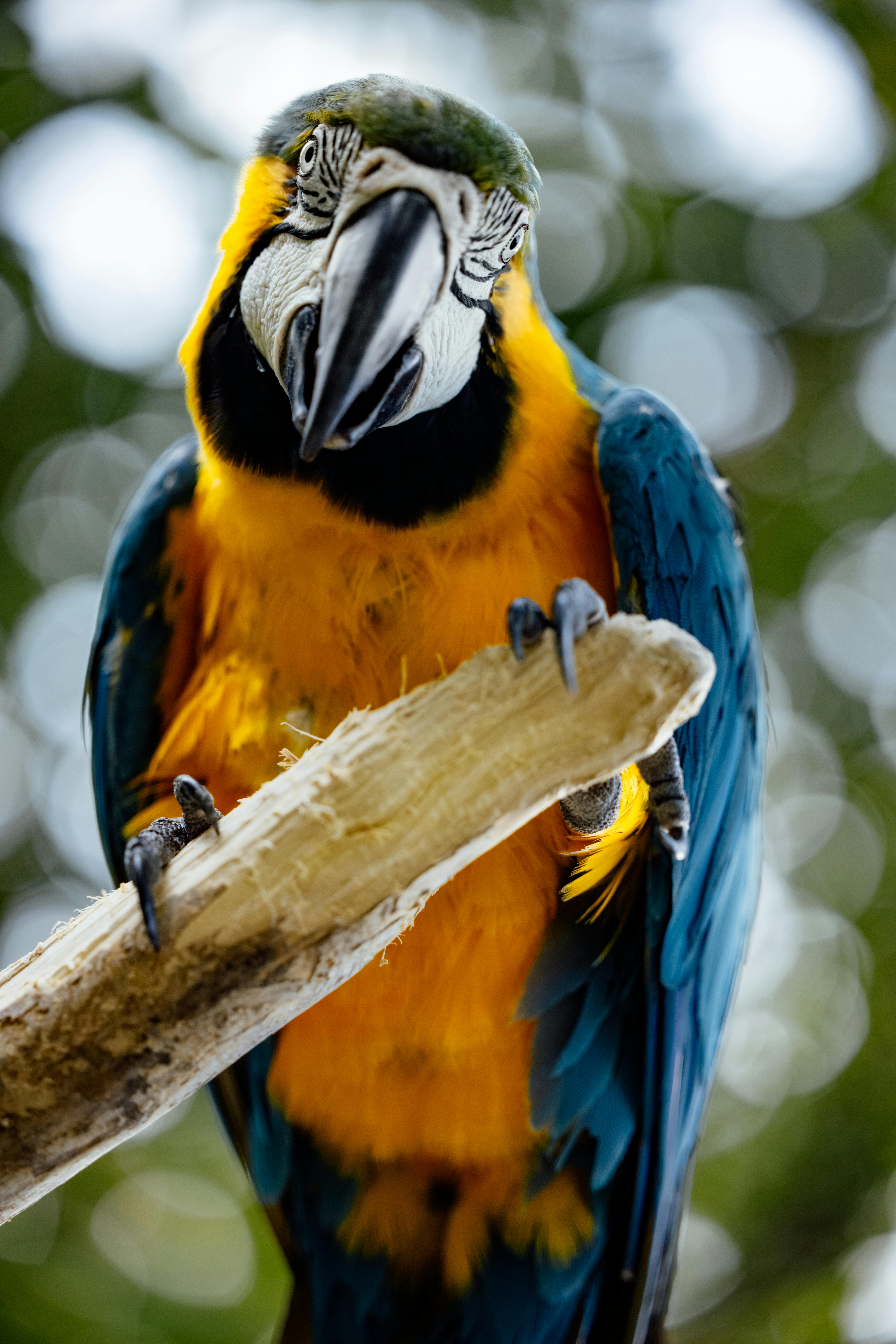Apply Now
Effective Ways to Care for Hamsters with Bananas in 2025
Understanding Hamster Diets and Bananas
Feeding hamsters a balanced diet is crucial for their health and well-being. As small animals, hamsters thrive on a mix of specific foods, including high-quality pellets, fresh vegetables, and occasional treats. One beneficial treat that pet owners can consider is bananas. Bananas provide essential vitamins and minerals, which are beneficial for hamster nutrition. However, moderation is key, as excessive treats can lead to health issues.
Bananas are rich in potassium, which contributes to muscle function and nerve health. Additionally, the natural sugars in bananas make them an appealing snack for hamsters, encouraging hydration and adding variety to their diet. It’s important to understand the right serving sizes to prevent obesity, a common health concern among pet hamsters.
Connected to this principle of balanced diet, pet owners should also consider other hamster-friendly fruits and vegetables, ensuring a diverse and enriching hamster diet.
Feeding Guidelines for Hamsters
When introducing bananas to a hamster's diet, it's essential to follow specific feeding guidelines. Begin by offering a small slice of banana to gauge your hamster's reaction. Monitor for any signs of allergies or digestive issues, such as diarrhea, which may indicate that certain foods don't sit well with them.
A good practice is to limit banana servings to once or twice a week. With bananas being high in sugars, moderation helps in maintaining a healthy weight for your furry friend. Additionally, always ensure your hamster has access to fresh water, especially when fed fruits to keep them hydrated.
It's also advisable to provide fresh vegetables as staples in their diet. Foods such as carrots, broccoli, and cucumbers can accompany their occasional banana treat, enhancing nutritional diversity and fiber intake.
Types of Hamsters and Their Specific Needs
Different breeds of hamsters come with unique dietary requirements. For example, Syrian hamsters tend to be larger and might require more significant portions of food than dwarf hamsters. Understanding these distinctions is vital for effective hamster care.
Baby hamsters have different nutritional needs compared to adults. Providing them with baby hamster formula or special pellets designed for their growth is crucial. These young hamsters also benefit from rich protein and fiber sources to support their developing bodies.
Additionally, ensuring their feeding environment is stress-free can positively impact their eating habits. Avoid placing their food in cramped corners that make them feel vulnerable. Instead, opt for enriching environments where hamsters can enjoy their meals peacefully.
Creating a Comfortable Hamster Habitat
Setting Up a Luxurious Hamster Habitat
One of the key aspects of hamster ownership is creating a comfortable habitat that caters to their needs. A spacious cage with appropriate accessories is essential. Opt for a multi-level cage design to enhance their living space. Include a tunnel system for exploration and a designated area for food.
Hamster toys, such as wheels and chew toys, are critical for their physical and mental stimulation. Regular exercise through a hamster wheel is essential, as it keeps them active and helps maintain a healthy weight. The inclusion of bedding material also adds comfort and absorbs odors effectively.
It’s beneficial to place their cage in a quiet part of your home. Too much noise can lead to stress, affecting their overall health and behavior. An enriched habitat allows hamsters to thrive.
Enriching Hamster Environments
Environmental enrichment is a significant part of hamster care. Providing toys that challenge their physical abilities can keep them engaged. Consider rotating toys regularly to maintain their interest and motivation to play.
Integrate hiding spots and tunnels within their habitat to encourage natural behaviors, such as burrowing. Additionally, you can incorporate various textures, like soft bedding and rough surfaces for gnawing, to simulate the diverse environments they would encounter in the wild.
Owners can also consider themed habitat decorations that incorporate natural elements, enhancing not just aesthetics but also providing sensory experiences for hamsters.
Ensuring Hamster Safety
When caring for hamsters, safety precautions must be a top priority. Avoid using cedar or pine shavings for bedding, as they can be harmful to hamsters. Opt for paper-based or aspen bedding for a safer choice.
Additionally, always check toys and accessories for any small parts that could present a choking hazard. Keeping the hamster environment clean is vital; regular cage cleaning prevents the risk of disease and promotes better health.
It’s equally important to supervise hamsters during playtime outside of their cage to prevent accidents. Understanding hamster behavior can equip owners with the knowledge to recognize when their pet feels stressed or threatened.
Fun Activities and Interaction with Hamsters
Engaging Hamsters Through Playtime
Allocating time for play is vital for hamster wellness. Fun activities and interactive games enhance their quality of life and strengthen the bond between the owner and pet. Hamsters typically enjoy exploratory play, where they can navigate mazes or tunnels.
You can create homemade adventure courses with cardboard tubes and boxes. Enhance their experience with toys that dispense treats, fostering both play and problem-solving skills.
When engaging with hamsters, always let them approach you first. Understanding their social structure is critical; some hamsters may take time to feel comfortable interacting with humans. Patience is key.
Bonding with Your Pet Hamster
Building a bond with your hamster involves consistent interactions. Handling your pet daily can foster trust, making them comfortable with human presence. However, employing proper techniques is crucial; support their bodies securely and avoid sudden jerks.
Additionally, speaking softly during interactions can reassure your hamster. Training them to respond to simple commands or engaging them with treats can enhance bonding and communication.
Consider setting a routine that includes both feeding and playtime to create a structured environment that your hamster can thrive in.
Recognizing Signs of Distress
While hamsters often appear lively, it’s essential to recognize signs of distress. Changes in behavior, such as excessive hiding, reduced activity, or aggression, can indicate health issues or stress.
Regular vet checkups are recommended to monitor their health. Document any behavioral changes to discuss with your veterinarian. This proactive approach ensures early intervention and better outcomes for your pet's health.
Maintaining a happy and healthy hamster requires understanding their needs. From proper feeding practices to creating safe environments, each aspect of hamster care plays a vital role.
Conclusion: The Importance of Proper Hamster Care
In 2025, responsible pet ownership must prioritize hamster care effectively. From the enriched diet that includes bananas to creating engaging and safe habitats, these practices ensure happy, healthy hamsters. By focusing on hamster health, nutrition, and socialization, pet owners can foster lasting relationships with their furry companions.
Bananas, seen as a delightful treat, can fit within a healthy hamster diet while contributing to their nutritional needs. Remember always to implement the discussed feeding guidelines and safety precautions to create a thriving hamster environment.
Understanding your pet hamster's behavior, preferences, and health will lead to informed care decisions. Proper hamster ownership not only enhances your hamster's life but also deepens the joy of having a pet.




